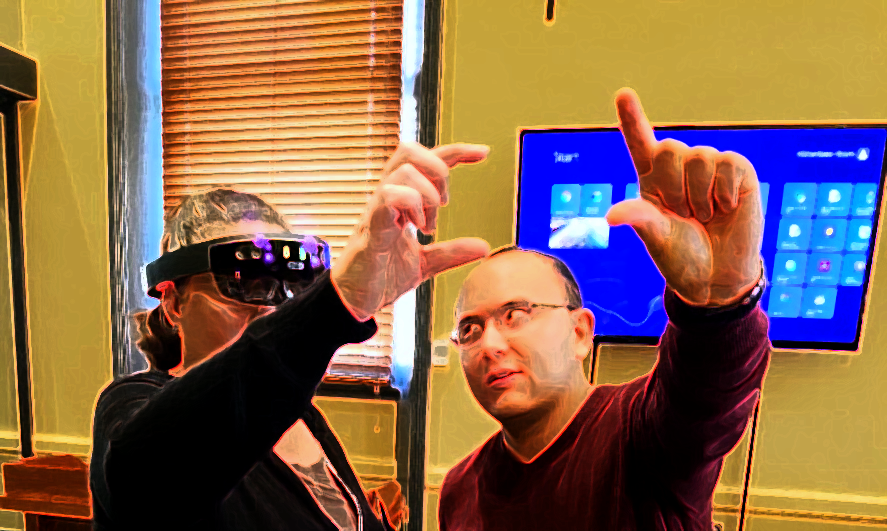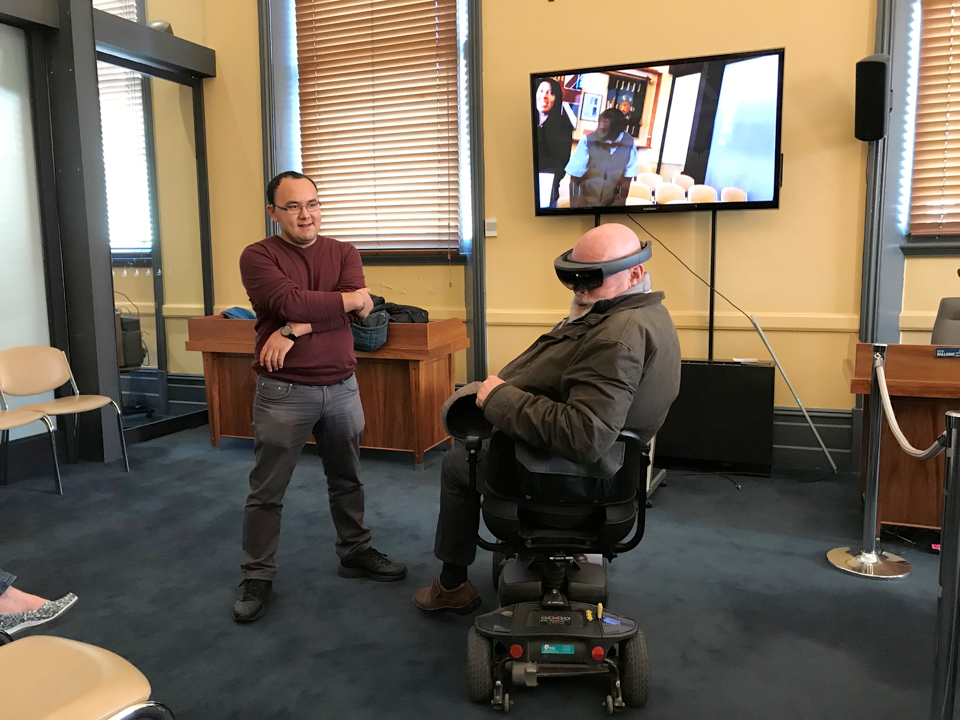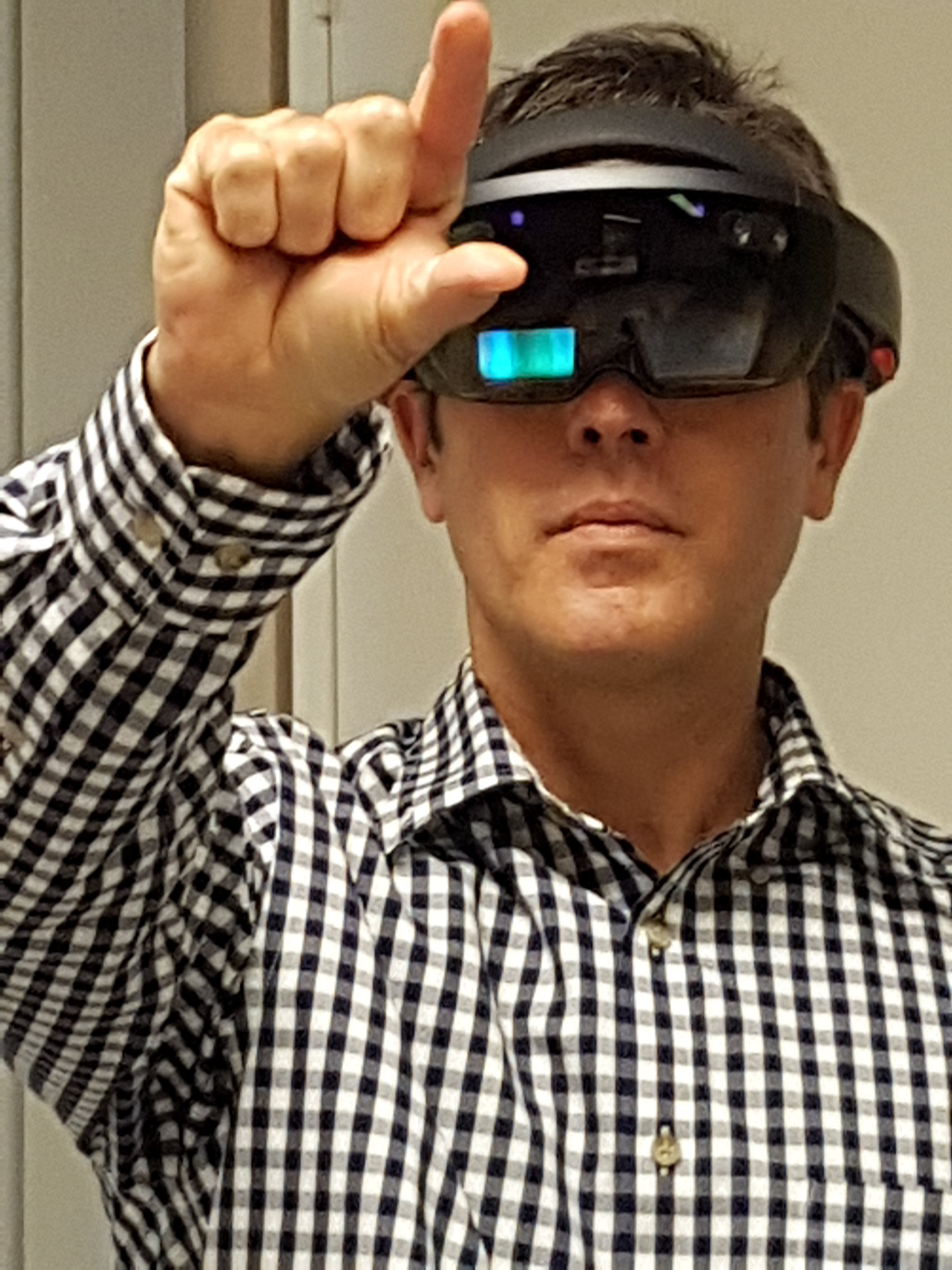Call For Book Chapters: Game Mod Design Theory and Criticism
This will be both a practical and reflective book on game-mods, designing, playing and evaluating the quality, success and effectiveness of game engines for modding, individual game mod levels, related tools and techniques, and the social and cultural issues related to the design and use of game mods.
The type of book chapter content I am looking for:
· An overview of what is possible and what is commendable or admirable with exemplars.
· Critiques of game mods and game mod/engine technologies (and reviews of mods as creative and critical and reflective extensions of games and game audiences).
· The ethical and social implications using commercial game engines and the content supplied · A comparison of game mod technologies.
· Case studies (Unreal, Source, Panda 3d, Blender 3D, Neverwinter Nights, Marathon, XNA, Oblivion, Cobalt, Crystal Space, WoW, Halo, Far Cry and Crysis etc, Sims, Jedi Academy, Ogre 3D) etc.
· Feature art and aesthetics.
· Machinima features hindered and helped by mods.
· Review of terrible experiences trying to build game mods. · A feature list to help people choose the right game engine for their mod.
· Some sample chapters on how to get started, tips, quick step tutorials as simple 3D, animation, lighting, behaviors, interface customization.
· The social and cultural implications of using and designing game mods (issues with violent content, cultural empathy, copyright, educational issues and so on).
The publisher will be ETC Press, an academic, open source, multimedia, publishing imprint affiliated with the Entertainment Technology Center (ETC) at Carnegie Mellon University (CMU) and in partnership with Lulu.com The book will be published under a Creative Commons license. For more details about ETC Press refer http://www.etc.cmu.edu.
Time Line
· March 18 2011 Please send me a title and 300 word abstract, the earlier the better! Please email your submission to gamemodbook AT gmail DOT com
· March 25 2011 you should have heard back from me.
· June 10 2011 draft chapters to me.
· And after many drafts and checks and proofs later…by the end of 2011 (optimistically speaking), publication!
Editor:
Associate Professor Erik Champion
Auckland School of Design, Albany Village Campus
College of Creative Arts
Massey University
Auckland New Zealand
email: nzerik AT gmail DOT com OR e dot champion AT massey DOT ac DOT nz for general questions.
Send submissions to gamemodbook AT gmail DOT com












